The capability to develop cellular models with hallmarks of two unrelated neurodegenerative diseases in the same neurons could help with the study of other neurodegenerative diseases with similar diagnosis, like Alzheimer’s.
The work, which has been published in Molecular Neurobiology, is the result of a collaboration between experts from the Mollecular and Cellular Neurobiotechnology Group from IBEC, and the neuropathologist Isidre Ferrer, professor from the Faculty of Medicine and Health Sciences and the Institute of Neurosciences of the UB, and the neurologist Adolfo López, from the Donostia University Hospital in San Sebastian. It began when clinicians analyzed the brain of a deceased patient and revealed that, in addition to tauopathy, a neurodegenerative disorder, the patient also had a genetic mutation that causes GSS syndrome – another, much rarer neurodegenerative disease that involves a mutation of the gene of prion protein PRNP.
Finding two neurodegenerative diseases of different origin in the same patient aroused the clinicians’ curiosity, so they contacted the IBEC researchers to help get to the bottom of the mystery. Unusually, the collaborators also had the generous support from a family member of the patient carrying the same mutation, who donated skin cells. The researchers were able to reprogramme these somatic cells and convert them into neurons to study the apparent relationship between tauopathy and the mutation observed in the PRNP gene. “The neurons generated in this study are the first ever line of cells induced from fibroblasts of a GSS patient,” says José Antonio Del Río, Professor at the University of Barcelona and IBEC group leader, who coordinated the research.
Reprogramming of fibroblasts to generate neurons was carried out in two steps. In the first, the fibroblasts were reprogrammed into induced pluripotent stem cells (iPS cells). This transition was developed by the group of Ángel Raya, Director of the Center of Regenerative Medicine of Barcelona (CMR[B]). The second step, which consists of differentiating iPS cells into neurons, was carried out in the groups of Rosario Sánchez-Pernaute (Inbiomed), Joaquín Castilla (CiCBiogune), and José Antonio Del Río at IBEC. “We worked in parallel because of the complexity of creating neurons from pluripotent cells. Luckily, we found that the two proposed methods successfully generate fully functional neurons,” Del Río says.
The differentiated neurons with the PRNP mutation had impaired their natural function, leading to increased microtubular disorganization, cell death, and tau phosphorylation – a hallmark of tauopathy. This functional relation between PRNP and tau degeneration was previously observed during the evolution of Alzheimer’s disease patients in a publication leaded by Rosalina Gavín, senior researcher in José Antonio del Río’s lab.
The combination of these common processes in a single cell line opens avenues to studying their possible relationship or co-occurrence in other neurodegenerative diseases such as Parkinson’s or Alzheimer’s, which in some patients are found alongside other disorders that involve mutations in the PRNP gene. ‘This unexpected relationship opens the door for the search for new therapeutic targets that prevent both diseases from complementing each other to provoke degeneration and neuronal death,” says Andreu Matamoros, a researcher in Del Río’s group and the first author of the study.
The IBEC group coordinates the Spanish Network of Excellence in Prion Research (Prionet SPAIN), which include members of CJD España, a patients’ association. “With them, we can share experiences and scientific results that can help other patients and their families, as well as to get in contact with further patients to better understand these diseases,” says Del Río.
The research was funded by several sources including EiTB Maratoia (BioEF), FIS (ISCIII), MINECO, CIBERNED, La Marato de TV3, ICREA, and the EU’s Joint Programme – Neurodegenerative Disease Research (JPND). Andreu Matamoros’ thesis is funded by Fundación Tatiana Pérez de Guzmán el Bueno.
—
Source article: Matamoros-Angles, A., Gayosso, L.M., Richaud-Patin, Y. et al. Mol Neurobiol (2017). iPS Cell Cultures from a Gerstmann-Sträussler-Scheinker Patient with the Y218N PRNP Mutation Recapitulate tau Pathology. Molecular Neurobiology, doi:10.1007/s12035-017-0506-6





